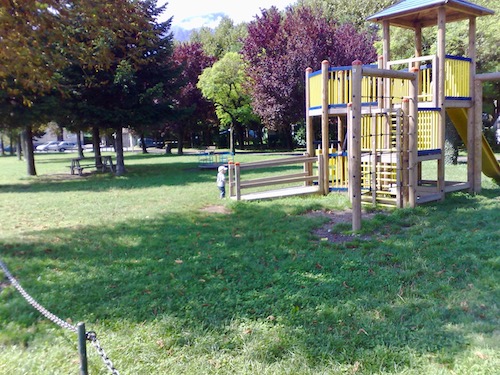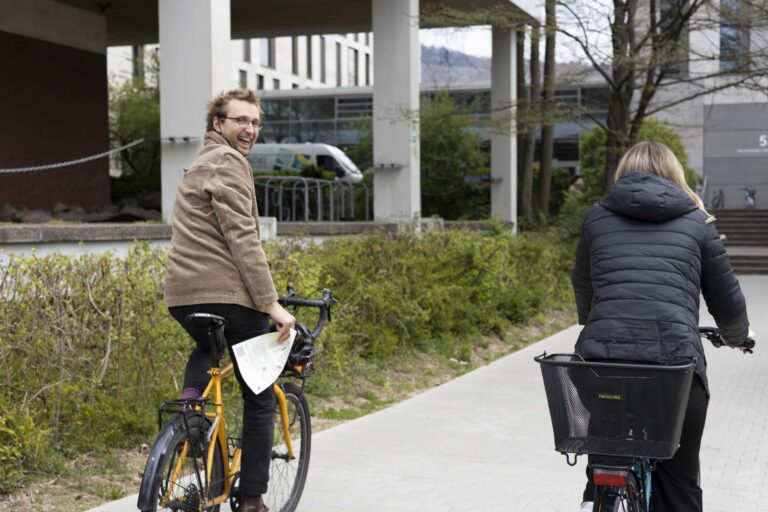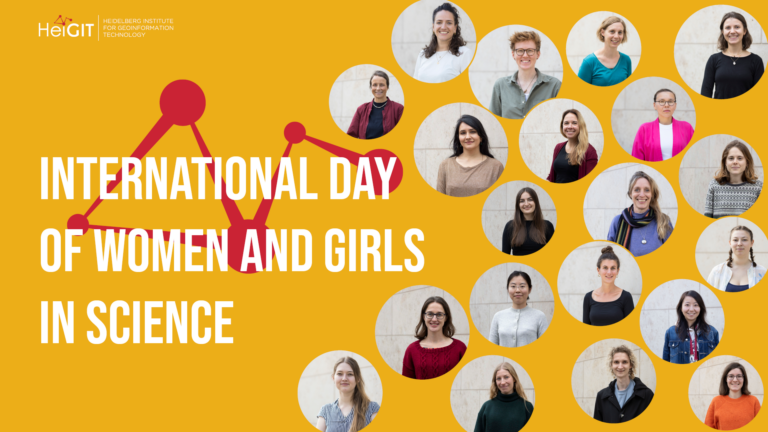Rapid worldwide urbanization benefits humans in many aspects, but the prevalence of common psychiatric disorders is increased in urban populations. While the impact of city living and urban upbringing on mental health is well established, it remains elusive which of the multiple factors of urban living convey risk and resilience for mental disorders. For example, air pollutants, traffic noises and fragmented social networks are some of the highly interdependent and complex influences of city living suggested to be detrimental for mental health. In contrast, urban green spaces, social contacts and physical activity have been associated with increased well-being. Knowledge on underlying mechanisms of these associations is crucial for both city planning and healthcare as it informs on how to build environments and to intervene in a way that fosters mental health yet reduces psychiatric disorders. Thus, real-life studies in urban contexts have been launched making use of recent methodological advancements: Mobile devices (e.g., smartphones) to gather intensive longitudinal mental health data, stationary sensor output providing specific context information (e.g., on weather conditions and air pollution), combinations with traditional and modern neuroimaging techniques (e.g., functional near-infrared spectroscopy and portable magnetic-encephalogram caps) and modern virtual reality setups allowing for increasingly realistic and ecological valid simulation of complex urban environments. In a new article we review selected methodological developments, state-of-the-art approaches as well as technological frontiers and provide examples for their application, highlighting promising potential of these novel methods for tackling the urgent urbanicity societal issue of the 21th century with a view to improve urban contexts conducive to mental health.
Reichert M., Braun U., Lautenbach S., Zipf, A., Ebner-Priemer U., Tost, H., Meyer-Lindenberg A. (2019, accepted, in press): Studying the impact of built environments on human mental health in everyday life: methodological developments, state-of-the-art and technological frontiers. Current Opinion in Psychology. https://doi.org/10.1016/j.copsyc.2019.08.026
Related work: Nature Neuroscience study shows that that inner town green directly influences well being and mental health of city residents:
H. Tost, M. Reichert, U. Braun, I. Reinhard, R. Peters, S. Lautenbach, A. Hoell, E. Schwarz, U. Ebner-Priemer, A. Zipf, and A. Meyer-Lindenberg (2019): Neural correlates of individual differences in affective benefits of real-life urban green space exposure. Nature Neuroscience (published online 29 July 2019). https://doi.org/10.1038/s41593-019-0451-y
These findings motivate also our work on pleasant route planning that suggest user-dependent pedestrian routes that have particularly high shares of green areas or particularly low noise levels:
Novack, T.; Wang, Z.; Zipf, A. (2018): A System for Generating Customized Pleasant Pedestrian Routes Based on OpenStreetMap Data. Sensors 2018, 18, 3794.






